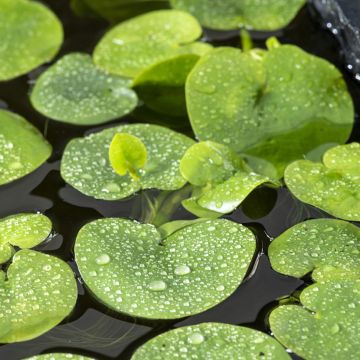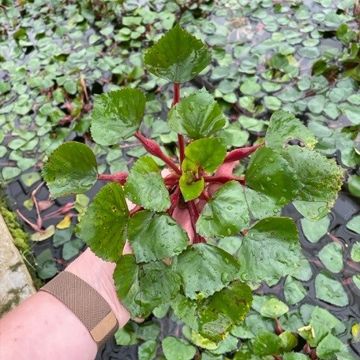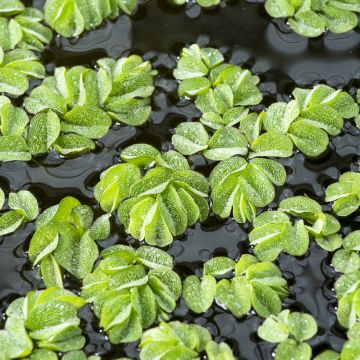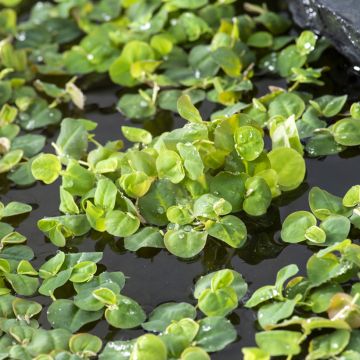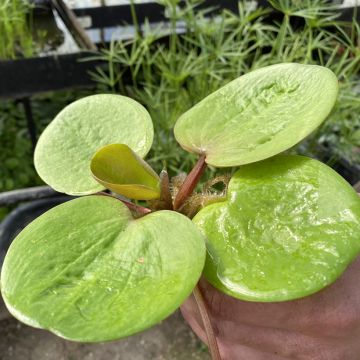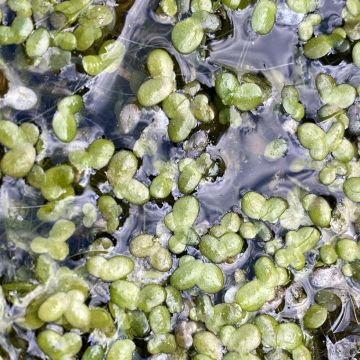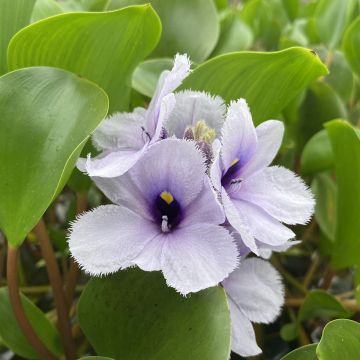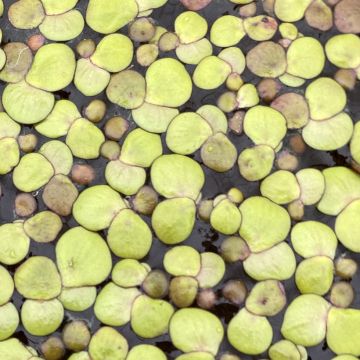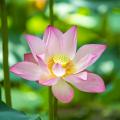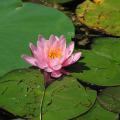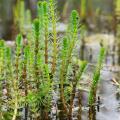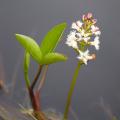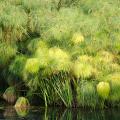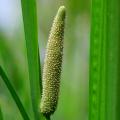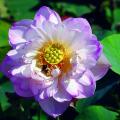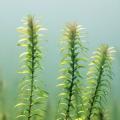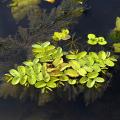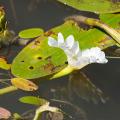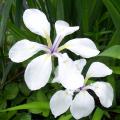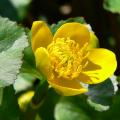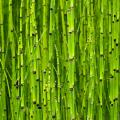Floating plants
Does this plant fit my garden? Set up your Plantfit profile →
Available in 1 sizes
Available in 1 sizes
Available in 1 sizes
Available in 1 sizes
Available in 1 sizes
Available in 1 sizes
Available in 1 sizes
Available in 1 sizes
Available in 1 sizes
Our range of floating aquatic plants. These plants have the particularity of freely evolving on the water's surface, their roots not fixed to the bottom. Among them is the Salvinia natans, a remarkable floating plant with fluffy leaves that form a green veil on the water, creating an ideal micro-habitat for aquatic fauna. In the world of water ferns, the Ceratopteris thalictroides and the Azolla pinnata stand out. The first, known as the tropical water fern, offers a light and airy texture, while the Azolla, with its dense and colourful foliage, effectively contributes to the natural balance of the water by limiting the growth of algae. Let's also mention Limnobium laevigatum, the Aquarium Frogbit or Smooth Frogbit, which has a rosette habit, oxygenating and filtering but is not very hardy. Discover them on these pages and let yourself be seduced by their ability to transform a simple pond into a true living ecosystem.
These plants live and float on the water without attachment. Most of them are considered good purifiers, as their floating roots directly extract nutrients from the water. These floating aquatic plants are ideal for creating an aesthetic and ecological water garden.
Haven't found what you were looking for?































